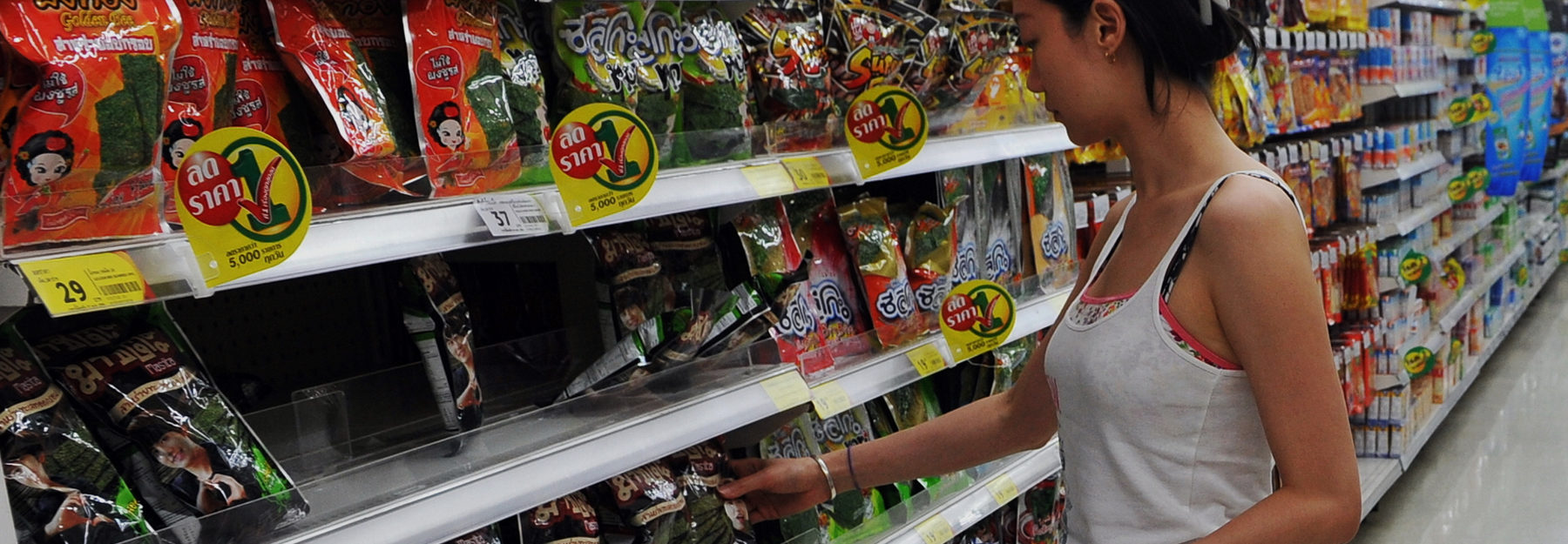
Global Markets
What are global markets?
Many nations worldwide depend on U.S. Soy and make up the soy checkoff’s global markets. The top 10 export markets for U.S. soybeans in order of volume received in marketing year 2021/22 include China, Mexico, the European Union, Egypt, Japan, Indonesia, Taiwan, Bangladesh, Thailand and Vietnam. The Philippines, Mexico and Columbia were the top three U.S. export global customers for U.S. soybean meal.
Why are they important?
Currently, more than 60% of U.S. Soy is exported as whole soybeans, meal or oil to markets outside of the United States. International customers are key drivers in global demand for and consumption of U.S. Soy. Export customers in more than 82 nations rely on access to the nutritious and sustainable protein source provided by U.S. Soy for their human consumption, aquaculture and livestock feed needs. In marketing year 2021/22, U.S. Soy exports earned $40.42 billion, the second-highest volume on record, at 71.79 million metric tons (MMT), according to the USDA Economic Research Service and Foreign Agricultural Service (source). The importance of these global customers is also reflected in marketing year 2021/22 double-digit export volume growth to emerging and expanding countries. Long-term export value grew by 50% on a five-year average. With increased domestic demand for soybean oil as a feedstock for expanding biofuels markets, soybean oil export volumes trended lower than the five-year average, with India, South Korea and Mexico being the three largest U.S. soybean oil export customers.
The soy checkoff partners with the American Soybean Association to support the U.S. Soybean Export Council to build customer preference, improve value and enable market access for U.S. Soy. Progress made by these organizations affirms the U.S. soybean industry’s position as a preferred supplier despite increased global export options from other soybean-producing countries.
What is happening now?
Consumers, food companies and countries are increasing their focus on value, sustainability and product transparency. The U.S. Soy Sustainability Assurance Protocol (SSAP) was developed by soy value chain stakeholders to meet customer requests for supplies of documented and verified sustainable soy. That protocol is now enhanced to enable customers to transfer SSAP certificates up to four times while keeping records of sustainable U.S. Soy purchases as well as reporting progress on environmental, social and governance goals. A cumulative 100 MMT of SSAP-verified shipments have been exported since the program launched in 2014.
Soy is the No. 1 U.S. food and agricultural export commodity, and the U.S. is the world’s second-largest producer and exporter of soy.
Global poultry, pork and aquaculture consumption is forecast to grow 17.8%, 13.1% and 23%, respectively, by 2030. Global soyfoods per capita consumption grew 24% to 2.67 kilograms in 2020 from 2.16 kilograms in 2010. The United Soybean Board’s strategic plan tactically positions the unique identity, value and versatility of U.S. soybeans and soy products in global markets to maximize investments made by U.S. soybean farmers in their soy checkoff.
Key messages
- The checkoff is committed to expanding soybean exports and growing demand for high-quality animal feed and soyfoods.
- U.S. Soy exports earned $40.42 billion, the second-highest volume on record, at 71.79 MMT in marketing year 2021/22.
- More than 60% of U.S. Soy is exported as whole soybeans, meal or oil to markets outside of the U.S.
- The importance of global markets is reflected in marketing year 2021/22 double-digit export volume growth to countries considered emerging and expanding.
- The SSAP meets customer requests for documented and verified sustainable soy supplies and is now enhanced to enable customers to transfer SSAP certificates up to four times while keeping records of sustainable U.S. Soy purchases.